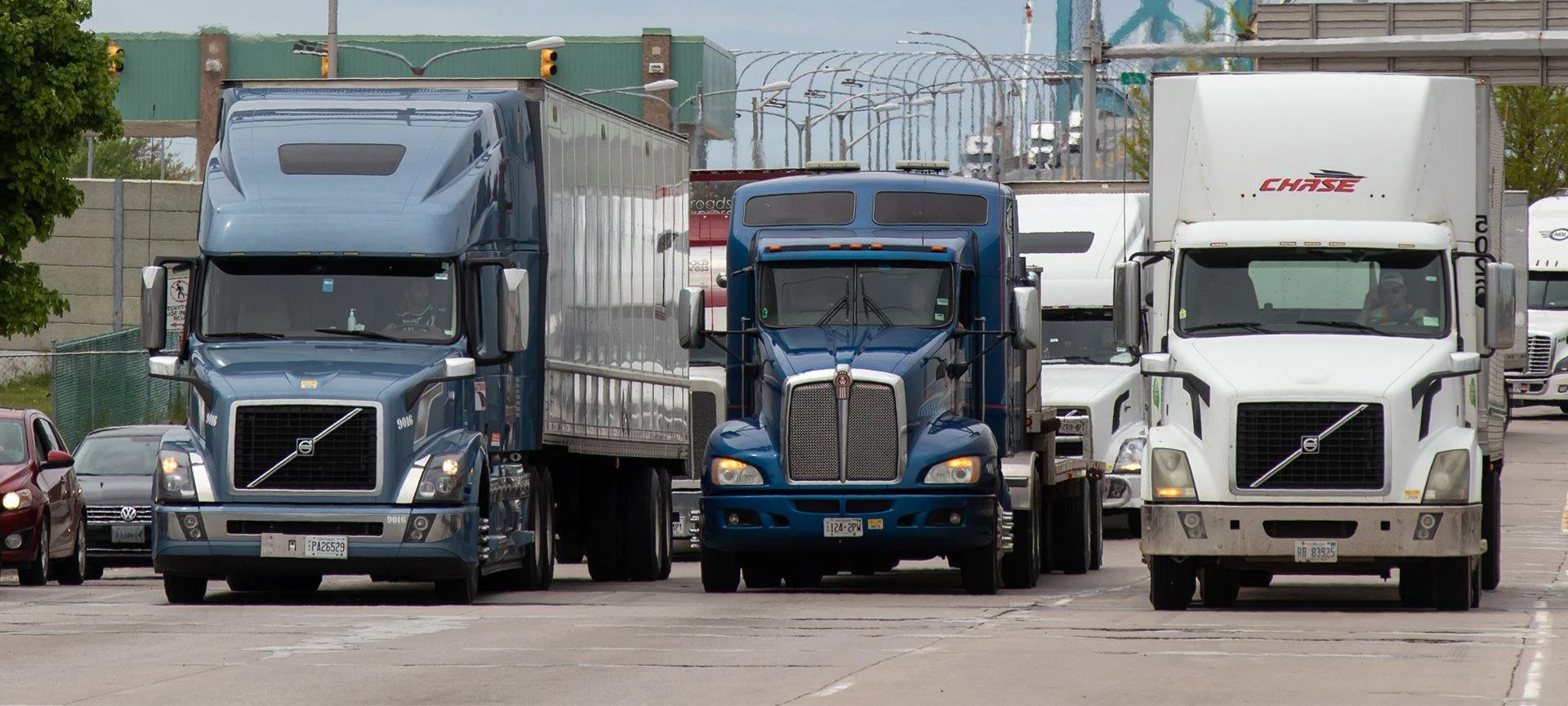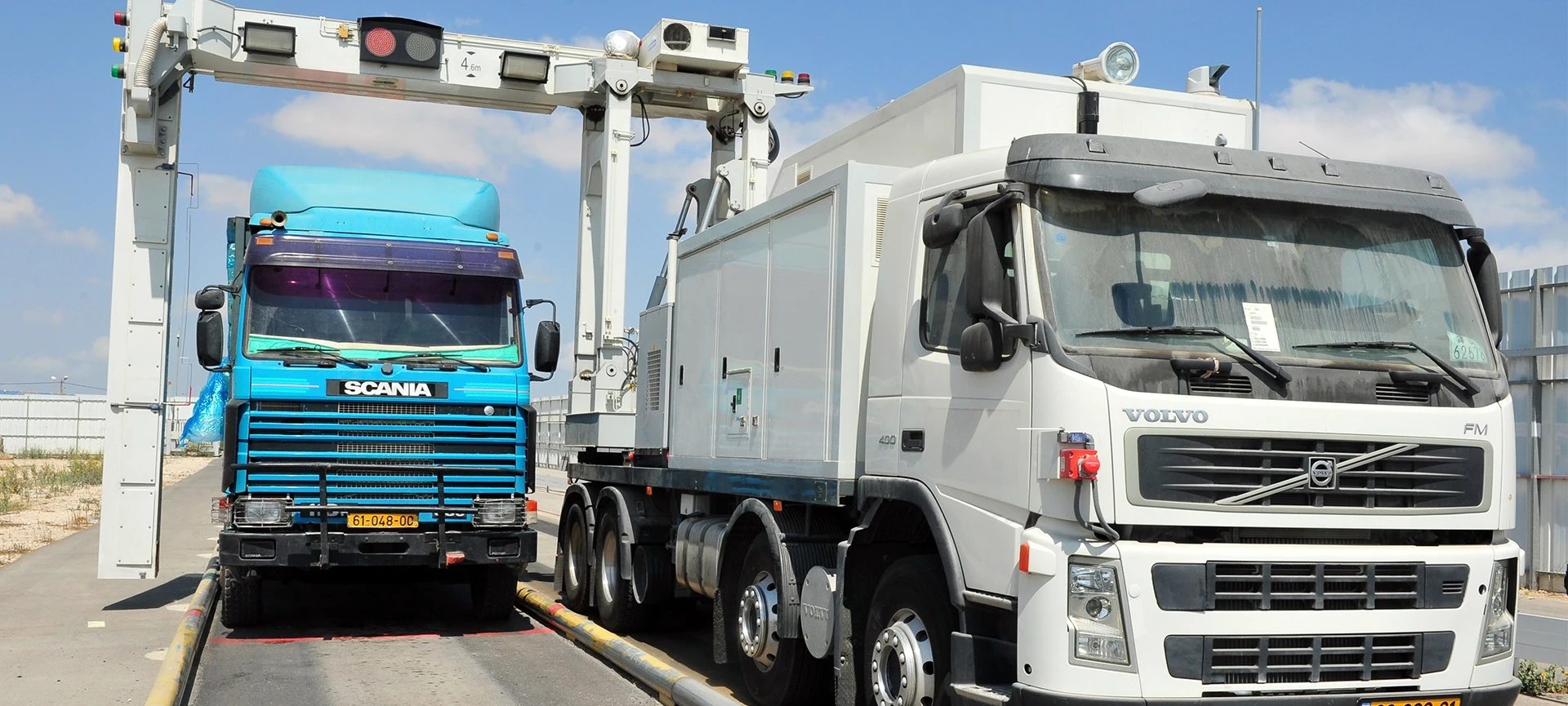The rise of e-commerce has ushered an increase in products that enter Canada from various United States-based retailers. Amazon, Walmart, Target, Home Depot, are few of the online and offline American establishments that have had their consumer goods reach more than 30 million Canadian residents.
Similarly, retailers in Canada have increased their online sales in 2017 at a rate that is almost double to that of U.S. online retailers. Statistics Canada revealed that online retailers’ sales increased to 30.6%, regardless of where buyers were located. Meanwhile, the U.S. Commerce Department reported that online American retailers earned more than $400 billion in sales from online retail purchases alone.
Therefore, the 5,500-mile border between Canada and the U.S. has witnessed countless goods move from one country to the other. Knowing the details, processes, terms used, and documents required when shipping goods from Canada to the U.S. via cross-border freight trucking would provide the necessary information for smooth and problem-free cross-border shipping.
Documents needed for cross border shipping
Determine the specific documents required by the Canadian Customs if you’re crossing the border from Canada to the U.S. Check all the shipping documents you have at hand and be aware of special instructions advised by the shipper. Avoid any hassles and ensure that the entire process of getting through customs only takes thirty minutes. How? Your customs broker must receive your paperwork two hours prior to your arrival at customs.
Plus, use the right lane when entering the United States. As your vehicle exits the tunnel or bridge to cross the border, prepare to go through the inspection plaza. Expect to undergo “Primary Inspection” and present the required paperwork. If all documents are in order, you will be released and this will be the only point of contact you will go through. But if your paperwork seems lacking or if you are selected to be further examined, you will need to pass through “Secondary Inspection” or proceed to a customs broker.
Prepare the following documents:
-
ACE eManifest
An ACE eManifest is required of imports coming into the US. It provides detailed information on shipments entering the country prior to its arrival at the border. The system used by the U.S. CBP or Customs Border Patrol is ACE or Automated Commercial Environment. Commercial drivers need to submit an ACE eManifest before they arrive at the primary lane.
-
NAFTA Certificate of Origin – US Customs
Canada, the United States, and Mexico all agreed to use this form as a certification that goods are qualified to receive preferential tariff treatment provided by NAFTA (North American Free Trade Agreement).
-
Export Declaration
Exporters are required to present an Export Declaration for goods leaving Canada.
-
Canada Customs Invoice
This document is used to verify the nature, value, and quantity of the shipment. Canadian Customs requires that this form displays information on the shipment’s consignee, and consignor.
-
US Customs Clearance Proforma Invoice
In lieu of a commercial invoice (a document used to appraise and classify goods for the purpose of admissibility and duties), a proforma invoice is used instead. The proforma must provide the information necessary to examine a particular merchandise’s duties.
Terms used during cross-border freight trucking from Canada to the U.S.
- ACE or Automated Commercial Environment was developed by the United States Customs and Border Protection as a commercial trade processing system aimed to facilitate lawful trade. It also helps reinforce border security. This is done by requiring trucks crossing the border from Canada to the U.S. to present an eManifest.
- Bill of Lading is a document that lists the following details: the goods carried on board a truck, the goods’ destination, and its recipient. This document is usually carried by the truck driver.
- Annual Inspection refers to the inspection done every twelve months for all types of commercial motor vehicles. A proof of the annual inspection is needed during cross-border freight trucking.
- Customs and Border Protection or CBP is a federal law enforcement agency of the United States tasked to regulate and facilitate international trade. It also collects import duties; enforces United States regulations, trade, immigration, and customs.
- CBSA or Canadian Border Service Agency is a Canadian federal agency tasked to protect the Canadian border and engage in surveillance duties, customs services, and immigration enforcement.
- CDL or Commercial Driver’s License is a United States-required license that allows a person to operate Group A vehicles (vehicles with a combined gross vehicle weight of 26,001 lbs or more), Group B vehicles (a vehicle with a gross weight of 26,001 lbs or more), and Group C vehicles (vehicles that can carry 16 or more people and which does not meet Group A or B requirements; these vehicles are allowed to carry hazardous materials in quantities which require placarding).
- CMV or Commercial Motor Vehicle is a self-propelled or towed motor vehicle, utilized for commerce, on a highway.
Related article: How to Choose the right trucking company in Canada
What is the customs clearance process?
The first and, if you’re ‘lucky’, the only step your shipment needs to go through in order to clear it from customs is “Primary Inspection”. In order to get “lucky”, you need to have all the required paperwork prior to arriving at the border. All the needed documents must be on-hand and ready to be presented to customs authorities. Doing so saves you time as your shipment will be immediately processed and, if all is in order, released. The following are initial and critical steps you must do during primary inspection.
- Have your updated personal identification ready. These include a photo ID or driver’s license, and passport or birth certificate. Officials from the CBP cite numerous instances where drivers did not prepare such documents and thus unnecessarily spent too much time looking for these documents upon asked. The result is additional clearance time at the border.
- To allow easy inspection, all interior blinds or drapes must be opened. Interior cab lights must also be turned on.
- Truck drivers who are neither United States or Canadian citizens need to have a valid passport and visa. They must also complete an I-94 card despite being qualified for the Visa Waiver Program.
- If the shipment has been cleared through Primary Inspection, drivers will be told to fill out the I—94 card ($6 cost) and report to Immigration. A United States Immigration official will issue a verbal clearance to enter the United States.
In instances where there are problems with the presented paperwork, shipments will be turned over to “Secondary Inspection”. Drivers need to first proceed to immigration to complete the I-94 form prior to giving paperwork for the Second Inspection customs clearance. Approximately 20% of those who go through primary inspection are referred to secondary inspection in order to resolve issues in paperwork. You need to visit a customs broker to clear the problems you have with paperwork. If you are chosen to go through the examination, expect to go through X-ray, the secondary counter, or the examination dock.
In order to avoid delays with your shipment when crossing the border from Canada to the U.S., it is best to give customs the information they need before you even arrive at the border. This includes the proof of your vehicle’s most current annual inspection. The PAPS or Pre-Arrival Processing System makes this possible.
PAPS is a system managed by CBP with the aim to facilitate the smooth flow of shipments through United States customs while also offering border protection. PAPS gives CBP the necessary information on shipped goods prior to their arrival at the border. The following PAPS’ procedures facilitate problem-free customs clearance on shipments that enter overland ports of the U.S. along the Canadian and U.S. border.
- The carrier submits all shipment information in the ACE system and requests a release via PAPS.
- The carrier faxes to the customs broker the necessary customs documentation.
- Once the vehicle is at the border for Primary Inspection, the officer will enter the information found on the ACE coversheet eManifest and retrieve the information submitted by the carrier. The carrier and cargo are released formally through customs unless CBP deems that a Secondary Inspection is needed.
Additional important details to consider when engaged in cross-border freight trucking from Canada to the U.S.:
- The services of a U.S. Customs broker is necessary in order to clear your freight. The broker is responsible for electronically filing your shipment as well as in calculating the duties and taxes. Your broker will advise you of rebates and duties you are eligible to receive and/or pay.
- Communicate with a cross-border provider who will give you a PAPS number.
- The goods in your shipment require an H.S. (Harmonized Commodity Description and Coding System) code. This tariff system is an international standardized code used to classify commodities.
- A United States carrier is not required to move your shipments from Canada to the U.S., however, you need a cross border carrier – regardless if it is U.S. or Canadian – as well as a driver that is permitted to cross the border.
- Be aware of both countries’ restrictions and requirements in terms of driver credentials. In the U.S., a DUI-convicted driver is still allowed to work since the conviction is considered a mere misdemeanour. However, Canada considers a DUI, even if it was a first offence, a felony. Thus, the driver is not allowed to cross the border.
- Your freight requires markings of its country of origin.
- To avoid delays, list down the customs broker’s name, contact details (phone/fax number) on the invoice or bill of lading. This would make it easy for the carrier to immediately read the information and avoid having to spend time looking it up.
- Delays will also be avoided if the currency of sale and the items’ value are listed on the invoice, as required by Canada Customs-Trade Compliance. The easy availability of these details allows your customs broker to find the information quickly.
- Pertinent information such as consignee name, address, goods description, weight, quantity, tariff number, IRS number must be included as these will be requested by your carrier and customs broker.
Conclusion
It is critical that you possess general knowledge, in-depth information, as well as awareness of minor nuances about moving goods from Canada to the U.S. via cross-border freight trucking. Having these details at hand saves you from costly shipment delays.
Inexperienced shippers can be easily overwhelmed with the volume of instructions or documents that needs to be remembered. The best way to avoid any unnecessary pitfalls is by keeping the process simple. Ensure all the paperwork required is complete and available. Ensure that your driver is aware of the goods being hauled and that all documents are neatly in order before getting to the border. Being proactive in your approach by reviewing everything resolves any issues before they even occur.
Related article: Flatbed Freight Shipping: The Best Way to Ship Tall and Wide Items



